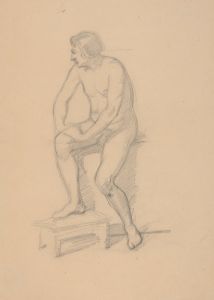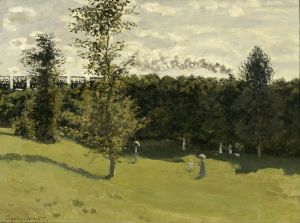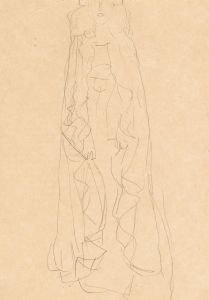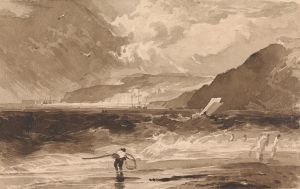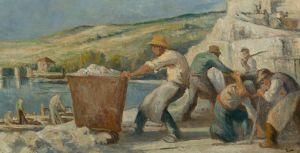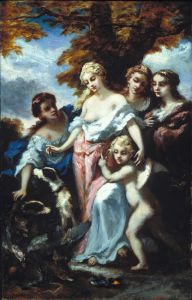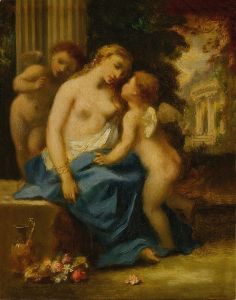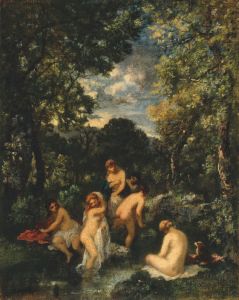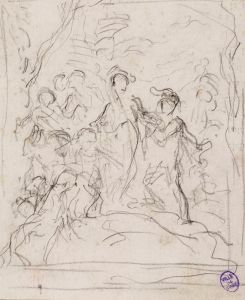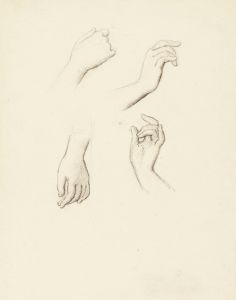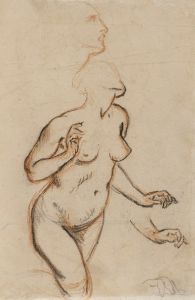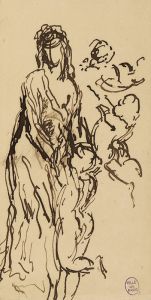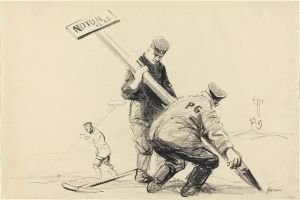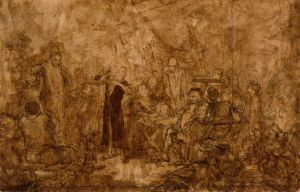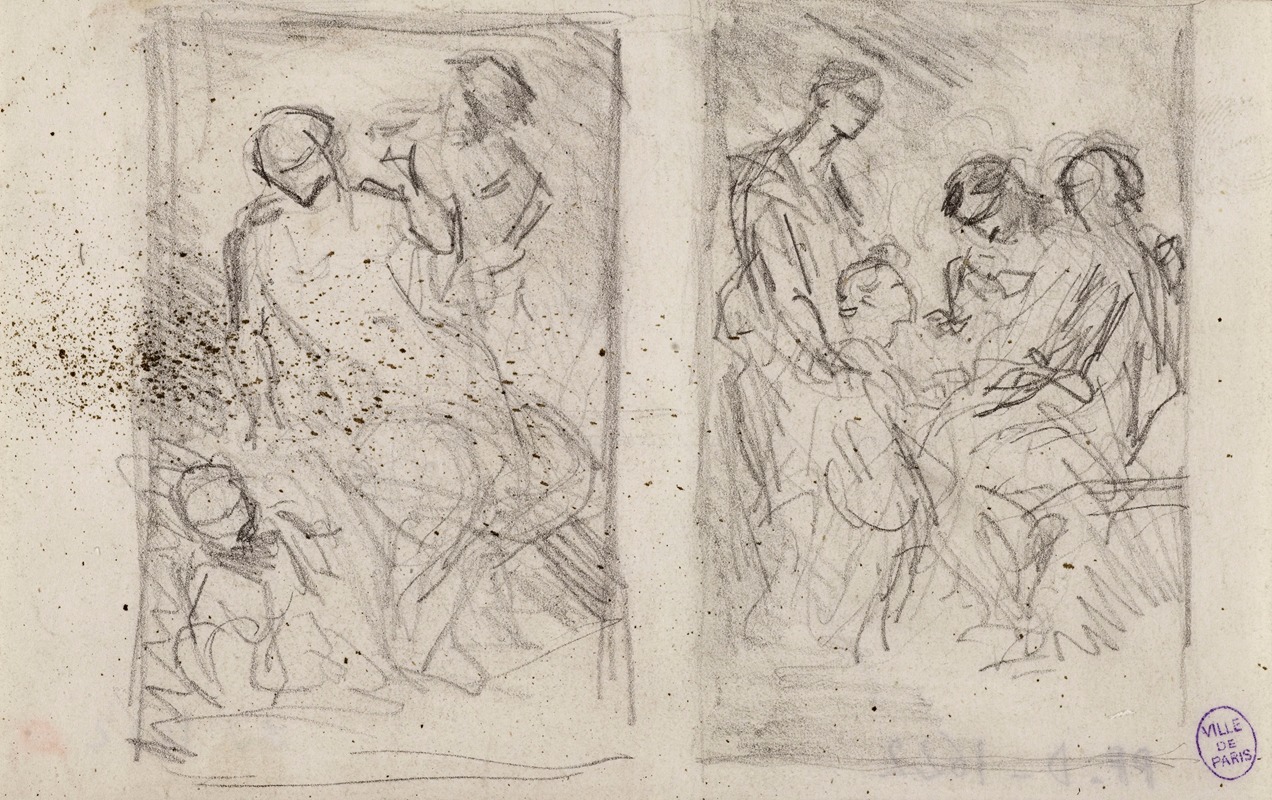
Deux esquisses pour des compositions
A hand-painted replica of Narcisse-Virgile Diaz de La Peña’s masterpiece Deux esquisses pour des compositions, meticulously crafted by professional artists to capture the true essence of the original. Each piece is created with museum-quality canvas and rare mineral pigments, carefully painted by experienced artists with delicate brushstrokes and rich, layered colors to perfectly recreate the texture of the original artwork. Unlike machine-printed reproductions, this hand-painted version brings the painting to life, infused with the artist’s emotions and skill in every stroke. Whether for personal collection or home decoration, it instantly elevates the artistic atmosphere of any space.
Narcisse-Virgile Diaz de la Peña was a prominent 19th-century French painter associated with the Barbizon School, a movement that emphasized naturalism and the depiction of rural landscapes. Diaz de la Peña was known for his vibrant use of color and his ability to capture the atmospheric qualities of the forest of Fontainebleau, where he often painted alongside other Barbizon artists like Théodore Rousseau and Jean-François Millet.
"Deux esquisses pour des compositions" translates to "Two Sketches for Compositions," suggesting that the work consists of preliminary studies or ideas for larger, more finished compositions. Diaz de la Peña frequently created sketches and studies as part of his artistic process, using them to explore composition, light, and color before committing to a final piece. These sketches were often executed with a loose, expressive style that captured the essence of the scene with minimal detail.
The Barbizon School, to which Diaz de la Peña belonged, was instrumental in shifting the focus of French painting from historical and mythological subjects to the natural world. This movement laid the groundwork for later developments in art, including Impressionism. Diaz de la Peña's work, including his sketches, reflects this transition, emphasizing the beauty and complexity of nature.
Diaz de la Peña's sketches often feature lush, wooded landscapes, characterized by their rich textures and dynamic compositions. His ability to convey the play of light and shadow across the forest floor or the dappled sunlight filtering through the trees is a hallmark of his style. These elements are likely present in "Deux esquisses pour des compositions," showcasing his skill in capturing the transient effects of light and atmosphere.
While specific details about "Deux esquisses pour des compositions" are limited, it is reasonable to infer that the sketches embody Diaz de la Peña's typical subject matter and stylistic approach. His sketches were not merely preparatory works but were valued for their spontaneity and immediacy, offering insight into his creative process.
Diaz de la Peña's contributions to the Barbizon School and his influence on subsequent generations of artists are well-documented. His work is celebrated for its emotive use of color and its ability to evoke the serene yet powerful presence of nature. Although "Deux esquisses pour des compositions" may not be as widely recognized as some of his other works, it nonetheless represents an integral part of his artistic oeuvre, reflecting the themes and techniques that define his legacy.
In summary, "Deux esquisses pour des compositions" by Narcisse-Virgile Diaz de la Peña exemplifies the artist's dedication to capturing the natural world through expressive sketches. While specific information about these particular sketches is scarce, they are consistent with his broader body of work, which continues to be appreciated for its contribution to the development of landscape painting in the 19th century.





